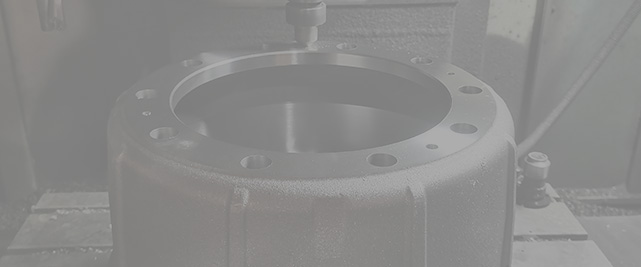Oct . 31, 2024 12:51 Back to list
Guide to Rear Brake Drum Components and Replacement Tips for Your Vehicle
Understanding Rear Brake Drum Parts Essential Components for Vehicle Safety
The rear brake drum system is a crucial component of many vehicles, particularly those equipped with drum brakes. These systems rely on several essential parts that work together to ensure effective braking performance, safety, and reliability. Understanding the various rear brake drum parts is important for vehicle owners and those interested in automotive maintenance.
1. Brake Drum The brake drum itself is a cylindrical component that houses the braking mechanism. It is typically made from cast iron or steel and is designed to withstand high heat and friction produced during braking. When the brake pedal is pressed, the brake shoes expand against the inner surface of the drum, creating the necessary friction to slow down or stop the vehicle.
2. Brake Shoes Brake shoes are curved components that contain friction material on their outer surface. When hydraulic pressure is applied from the brake system, the shoes push outward against the drum, generating the friction needed for braking. Over time, the friction material degrades and may require replacement to maintain optimal braking efficiency.
3. Wheel Cylinder The wheel cylinder is a critical hydraulic component within the drum brake system. It contains pistons that convert hydraulic pressure into mechanical force. When the brake pedal is pressed, brake fluid flows into the wheel cylinder, pushing the pistons outwards, which in turn forces the brake shoes against the brake drum.
rear brake drum parts

4. Springs Several springs are used in the rear brake drum assembly. They help return the brake shoes to their resting position when the brake pedal is released. Additionally, springs maintain tension on the shoes to ensure proper contact with the drum during braking. The return springs are particularly important for preventing dragging and uneven wear of the brake components.
5. Adjuster The adjuster mechanism is responsible for maintaining the proper distance between the brake shoes and the drum. It automatically adjusts the position of the shoes as they wear down. Proper adjustment is vital to ensure that the brakes engage effectively and to prolong the life of both the brake shoes and the drum.
6. Backing Plate The backing plate acts as a mounting surface for the other components of the brake system. It provides structural support and serves as a barrier, protecting the brake parts from dirt and debris. The backing plate is typically coated with rust-resistant material to withstand the environmental conditions encountered by vehicles.
Maintenance Tips Maintaining rear brake drum parts is essential for safe vehicle operation. Regular inspection of brake shoes, drums, and hydraulic components can help identify wear and prevent costly repairs. Listen for unusual noises during braking, check for warning lights on the dashboard, and schedule routine maintenance to ensure the braking system is functioning correctly.
In conclusion, understanding the essential components of rear brake drum systems is vital for any vehicle owner. Regular maintenance and prompt attention to any signs of wear or issues can enhance safety, improve performance, and extend the lifespan of brake components. By keeping these parts in good condition, drivers can ensure a safer ride on the roads.
-
Brake Drum Liza Durable & High-Performance Brake Solutions
NewsMay.29,2025
-
Brake Drum Liza Durable Drum Brake & Shoe Replacement Solutions
NewsMay.29,2025
-
Brake Drum Liza High-Quality Drum Brake & Shoe Solutions
NewsMay.29,2025
-
Brake Drum Liza Durable Drum Brake & Shoe Solutions for Vehicles
NewsMay.29,2025
-
Brake Drum Liza Premium Drum Brake Components & Shoes
NewsMay.29,2025
-
Brake Drum Man Durable Drum Brake Drums & Shoes Supplier
NewsMay.28,2025
